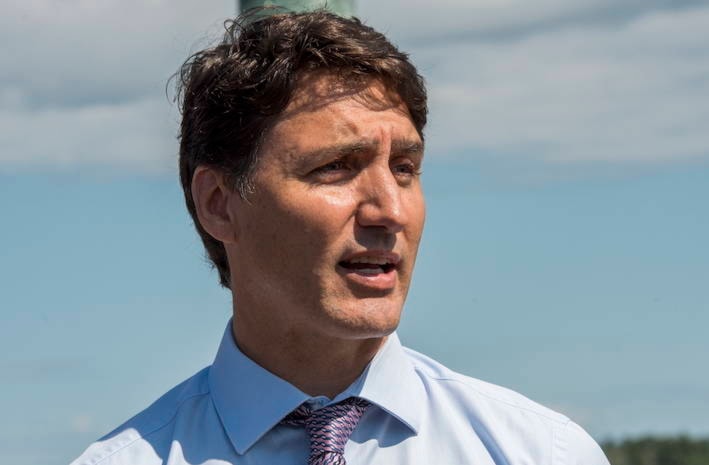If you go to a friend’s house, and while making a careless and clumsy gesture, you smash their beloved vase, do you apologize?
Of course you do.
I bring up this hypothetical because of Justin Trudeau’s past practice of painting himself up blackface and brownface for costumes, the most recent in 2001.
Most commentators, politicians, and the media, are taking it seriously.
But there’s an undercurrent to the discussion, whether from talking heads on TV trying to minimize the damage to the Liberal campaign, to social media and comment threads where the idea is put more bluntly: Trudeau supposedly doesn’t have anything to apologize for.
After all, he wasn’t trying to hurt anyone, was he? He didn’t mean to be racist, he wasn’t making fun of anyone directly, was he? Why can’t everyone just drop it!
Similar comments swirl every time the Black Peter controversy arises, which it did again this week as it was revealed that Cloverdale-Langley City Conservative candidate Tamara Jensen’s family greenhouse hosted at least one event, which she attended, that featured the character in blackface.
By this logic, if you don’t directly mean harm, it’s impossible to have done harm at all. This is then flipped around – anyone who takes offense is being oversensitive! They’re the real villains here!
But we all know that’s nonsense.
I will say that I believe Trudeau did not know what he was doing was racist, that he did not know it might offend. (This does not improve my estimation of his intelligence.) His actions were most likely without active malice, and the same holds true for those who take part in Dutch holiday events featuring Black Peter.
Lack of malice does not equal lack of harm. It does not mean you do not have to change when that harm is pointed out to you.
Calgary Mayor Naheed Nenshi described the pictures of Trudeau in brownface and an “Aladdin” costume as “a sucker punch.”
“It really makes you think, ‘When is this ever going to end?’” Nenshi said.
Some people have brushed the harm off. Others are steaming mad. Others sad. Not everyone will feel the same about the use of brownface, and context matters.
But we have to acknowledge Canada has a problem with racism.
Active, harmful racism has been on the rise in Canada for years now. That ranges from the Islamophobia shared on Facebook groups and in person by organizations like Yellow Vests Canada and the Soldiers of Odin to Quebec’s Bill 21 banning people wearing religious garb from holding public sector jobs, to the niqab ban for public servants the Conservatives considered back in 2015.
Directly harmful racism grows in the soil of casual racism. Jokes about accents and skin colours and ethnic stereotypes. And in the idea that you can put on another person’s race as a costume.
I don’t know how I would have felt about Trudeau’s brownface back in 2001. The easy thing about being a white person is you go through life never being the target of racism, never having to factor that into how you deal with other people.
How I feel about it now is that it’s something we have to firmly say is wrong. No, it’s not as wrong as painting a swastika or flinging a racial slur.
But when you break something, you apologize. Intent matters, yes. But you still did damage. You apologize, you try not to break anything else in the future.
